Consider the first three days of a typical hatchery chick's life:
Day 1: hatch, dry off with several thousand of distant relatives, endure intrusive vent sexing and sorting, get unceremoniously packed into a box with other chicks and shipped off in the US mail.
Days 2 and 3: Endure a bumpy, chilly, dark ride to parts unknown, arrive at a feed store for vent inspections and cleaning before being placed into a metal stock tank underneath a red interrogation light 24/7. Quarters are tight where competition is fierce for food and the drinking water, laced with pine shavings and others' droppings.
Random strangers then parade past, ogling you for untolled hours before being again boxed up and sent to yet another new environment with small children, barking dogs, the clanging of pots and pans, television noise and the incessant glare and beating heat of a red light again. With all of this turmoil, it's no wonder ALL chicks don't engage in problem picking!
RISK FACTORS FOR PICKING
- Moving (from hatchery to feed store to home, etc.)
- Stress from cold during shipping
- Rough handling during shipping
- Nutritional imbalances, (not likely if they're fed a complete starter ration, but likely if they are being given treats)
- Changes in diet (different feed formulations and treats can cause digestive upset)
- Crowded living conditions
- Excessive heat and constant light from heat lamps
- Poor ventilation
- Empty feeders or drinkers
- New feather growth
- Stress from pets or kids disturbing them
- Excessive handling
PECKING CAUSES, PREVENTION & SOLUTIONS:
CROWDED BROODER & BOREDOM
Space is one of the keys to happy, healthy chickens. The bare minimum space requirement for a day old chick is 6 square inches. Visualize an 8.5" x 11" piece of paper and allow at least that much space for 2 brand spankin' new baby chicks.
When too many chickens occupy too small a space, the natural inclination to peck and scratch the ground is limited, which can result in aggression and impulsive picking of feathers and skin. Small skin wounds can become life-threatening injuries inflicted by many chicks very quickly. Increase the size of the brooder as chicks increase in size. Read about building a chick condo that expands as chicks do, here..
Introduce boredom-buster type activities to chicks such as a sand box for dust bathing, a roost, blocks for climbing. Avoid offering treats for entertainment- theirs and yours.
NUTRITIONAL DEFICIENCIES
Chickens that are deficient in protein, sodium and/or other dietary essentials can resort to picking. Feeding chicks treats can interfere with their ability to meet their daily nutritional requirements provided in their feed. Chicks are better off without treats- even healthy foods will disrupt the balance of nutrients in their feed. Offer them a feeder full of a nutritionally complete chick starter feed and skip the extras. They do not benefit from grass, mealworms, fruit, veggies, etc. Offering treats to baby chicks is like adding water to an infant's breastmilk. If the nutrient is required by the chick, it is already present in their feed.
OVERHEATING & TOO MUCH LIGHT
Lights that are too bright or that are kept on too long can cause stress, agitation, aggression and picking. Brooder heat lamps are the main offender in the Bad Light Department.
Chicks that must use brooder heat lights should be provided with a spacious brooder so they can escape the heat when it's too much for them. When using a heat lamp, brooder temperatures should be closely monitored, the chicks' comfort levels gauged carefully and heat lamp use discontinued as soon as possible.
Begin raising heat lamps after the first several days of chicks' lives relying on their vocalizations to gauge their comfort level. If they are quiet, they are content and warm enough. If they cheep noisily, they are discontent and likely cold. Remove heat lamps entirely as soon as chicks no longer object to living without them. The goal should be to limit the number of light hours per day to 16 for chickens of all ages.
Radiant brooder heat sources, such as the Brinsea EcoGlow, which do not generate light are much healthier, safer and more energy efficient than heat lamps. Radiant heat sources allow chicks to benefit from natural diurnal sleep-wake cycles, which are healthier for them than living with a light on 24 hours a day. Much more about the dangers of heat lamps and benefits of the EcoGlow in this article.
GENERAL STRESS
When bringing chicks home, reduce the amount of stress upon chicks due to normal household activities at least for the first week or so. Limit stimulants and intrusions such as barking dogs visiting the brooder, noisy children, rough handling, etc. If you would find the input stressful, you can be sure it is stressful for the chicks.
CARE OF INJURED CHICKS
Any time a chicken is injured from feather picking or the skin is compromised, the bird must be kept physically separated from other chicks until the injury has healed completely in order to avoid further injury and worse. However, chicks will protest loudly if removed from their flock mates' company and re-introducing back into the flock without conflict will be extremely difficult if they are kept out of sight from the other chicks. I recommend separating chicks by window screening or hardware cloth within the brooder to eliminate these challenges. Once the injury has healed, re-integration is as simple as opening the "door" between the birds.
After treating this chick's wound for only 4 days with Vetericyn, this is how it looked! (the injury wasn't from another chick, it was from one peck by a rude hen)
Once an injured chick has been removed to safety, the wound should be cleaned and monitored for infection. I do not recommend products that tint the skin blue or purple for several reasons, first, the main ingredient of such products is alcohol, which burns like the sun on a gaping wound, and second, the dye limits the ability of the chicken keeper to detect the first sign of infection, which is redness. the first signs of infection. As with all injured chickens in my flock, I use Vetericyn wound & infection treatment spray to facilitate healing and prevent infection. Vetericyn has just released its Poultry Care spray, which is available in the poultry aisle of most local feed stores. Boo-yah!
Some chicks resort to self-destructive picking as my Columbian Wyandotte, Lola did. The challenge with self-pickers is not only separating them from other chicks, but preventing them from continuing to harm themselves. Necessity being the mother of Invention, I fashioned a Cone of Shame for Lola out of a paper bathroom cup, which worked like a charm! There were a few iterations of the Chick Cone of Shame, but once I got it trimmed to a point where she could eat and drink without interference, it took just a few days for her to heal completely!
It wasn't pretty, but it worked. I cut a hole in the bottom of the Dixie cup and up the side. Once fitted over Lola's head, I secured the side with a little duct tape.
Lola acted as if she were carrying the weight of ten thousand elephants on her back when the Chick Cone of Shame was put on her initially, but adjusted in an hour or so.
Kathy Shea Mormino
Affectionately known internationally as The Chicken Chick®, Kathy Shea Mormino shares a fun-loving, informative style to raising backyard chickens. …Read on


shop my SPONSORS
Consider the first three days of a typical hatchery chick's life:
Day 1: hatch, dry off with several thousand of distant relatives, endure intrusive vent sexing and sorting, get unceremoniously packed into a box with other chicks and shipped off in the US mail.
Days 2 and 3: Endure a bumpy, chilly, dark ride to parts unknown, arrive at a feed store for vent inspections and cleaning before being placed into a metal stock tank underneath a red interrogation light 24/7. Quarters are tight where competition is fierce for food and the drinking water, laced with pine shavings and others' droppings.
Random strangers then parade past, ogling you for untolled hours before being again boxed up and sent to yet another new environment with small children, barking dogs, the clanging of pots and pans, television noise and the incessant glare and beating heat of a red light again. With all of this turmoil, it's no wonder ALL chicks don't engage in problem picking!
RISK FACTORS FOR PICKING
- Moving (from hatchery to feed store to home, etc.)
- Stress from cold during shipping
- Rough handling during shipping
- Nutritional imbalances, (not likely if they're fed a complete starter ration, but likely if they are being given treats)
- Changes in diet (different feed formulations and treats can cause digestive upset)
- Crowded living conditions
- Excessive heat and constant light from heat lamps
- Poor ventilation
- Empty feeders or drinkers
- New feather growth
- Stress from pets or kids disturbing them
- Excessive handling
PECKING CAUSES, PREVENTION & SOLUTIONS:
CROWDED BROODER & BOREDOM
Space is one of the keys to happy, healthy chickens. The bare minimum space requirement for a day old chick is 6 square inches. Visualize an 8.5" x 11" piece of paper and allow at least that much space for 2 brand spankin' new baby chicks.
When too many chickens occupy too small a space, the natural inclination to peck and scratch the ground is limited, which can result in aggression and impulsive picking of feathers and skin. Small skin wounds can become life-threatening injuries inflicted by many chicks very quickly. Increase the size of the brooder as chicks increase in size. Read about building a chick condo that expands as chicks do, here..
Introduce boredom-buster type activities to chicks such as a sand box for dust bathing, a roost, blocks for climbing. Avoid offering treats for entertainment- theirs and yours.
NUTRITIONAL DEFICIENCIES
Chickens that are deficient in protein, sodium and/or other dietary essentials can resort to picking. Feeding chicks treats can interfere with their ability to meet their daily nutritional requirements provided in their feed. Chicks are better off without treats- even healthy foods will disrupt the balance of nutrients in their feed. Offer them a feeder full of a nutritionally complete chick starter feed and skip the extras. They do not benefit from grass, mealworms, fruit, veggies, etc. Offering treats to baby chicks is like adding water to an infant's breastmilk. If the nutrient is required by the chick, it is already present in their feed.
OVERHEATING & TOO MUCH LIGHT
Lights that are too bright or that are kept on too long can cause stress, agitation, aggression and picking. Brooder heat lamps are the main offender in the Bad Light Department.
Chicks that must use brooder heat lights should be provided with a spacious brooder so they can escape the heat when it's too much for them. When using a heat lamp, brooder temperatures should be closely monitored, the chicks' comfort levels gauged carefully and heat lamp use discontinued as soon as possible.
Begin raising heat lamps after the first several days of chicks' lives relying on their vocalizations to gauge their comfort level. If they are quiet, they are content and warm enough. If they cheep noisily, they are discontent and likely cold. Remove heat lamps entirely as soon as chicks no longer object to living without them. The goal should be to limit the number of light hours per day to 16 for chickens of all ages.
Radiant brooder heat sources, such as the Brinsea EcoGlow, which do not generate light are much healthier, safer and more energy efficient than heat lamps. Radiant heat sources allow chicks to benefit from natural diurnal sleep-wake cycles, which are healthier for them than living with a light on 24 hours a day. Much more about the dangers of heat lamps and benefits of the EcoGlow in this article.
GENERAL STRESS
When bringing chicks home, reduce the amount of stress upon chicks due to normal household activities at least for the first week or so. Limit stimulants and intrusions such as barking dogs visiting the brooder, noisy children, rough handling, etc. If you would find the input stressful, you can be sure it is stressful for the chicks.
CARE OF INJURED CHICKS
Any time a chicken is injured from feather picking or the skin is compromised, the bird must be kept physically separated from other chicks until the injury has healed completely in order to avoid further injury and worse. However, chicks will protest loudly if removed from their flock mates' company and re-introducing back into the flock without conflict will be extremely difficult if they are kept out of sight from the other chicks. I recommend separating chicks by window screening or hardware cloth within the brooder to eliminate these challenges. Once the injury has healed, re-integration is as simple as opening the "door" between the birds.
After treating this chick's wound for only 4 days with Vetericyn, this is how it looked! (the injury wasn't from another chick, it was from one peck by a rude hen)
Once an injured chick has been removed to safety, the wound should be cleaned and monitored for infection. I do not recommend products that tint the skin blue or purple for several reasons, first, the main ingredient of such products is alcohol, which burns like the sun on a gaping wound, and second, the dye limits the ability of the chicken keeper to detect the first sign of infection, which is redness. the first signs of infection. As with all injured chickens in my flock, I use Vetericyn wound & infection treatment spray to facilitate healing and prevent infection. Vetericyn has just released its Poultry Care spray, which is available in the poultry aisle of most local feed stores. Boo-yah!
Some chicks resort to self-destructive picking as my Columbian Wyandotte, Lola did. The challenge with self-pickers is not only separating them from other chicks, but preventing them from continuing to harm themselves. Necessity being the mother of Invention, I fashioned a Cone of Shame for Lola out of a paper bathroom cup, which worked like a charm! There were a few iterations of the Chick Cone of Shame, but once I got it trimmed to a point where she could eat and drink without interference, it took just a few days for her to heal completely!
It wasn't pretty, but it worked. I cut a hole in the bottom of the Dixie cup and up the side. Once fitted over Lola's head, I secured the side with a little duct tape.
Lola acted as if she were carrying the weight of ten thousand elephants on her back when the Chick Cone of Shame was put on her initially, but adjusted in an hour or so.



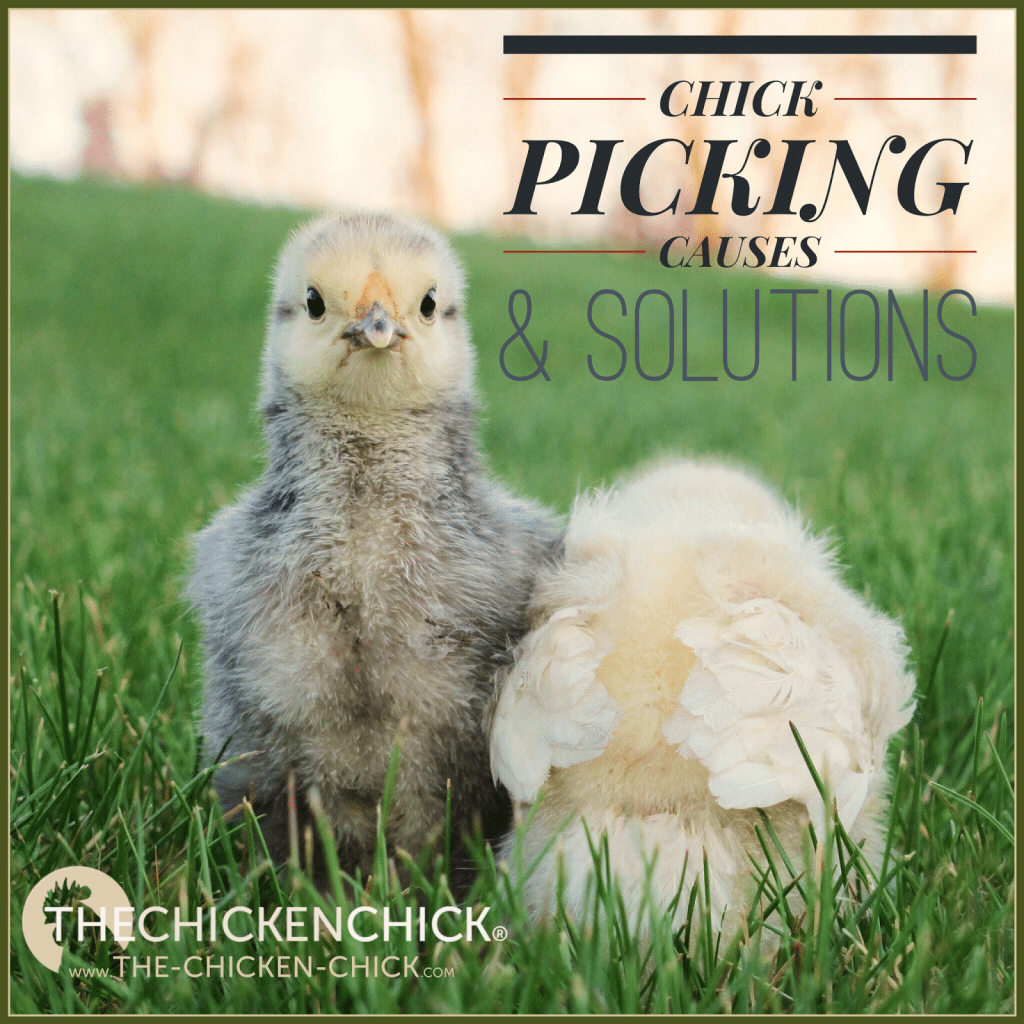

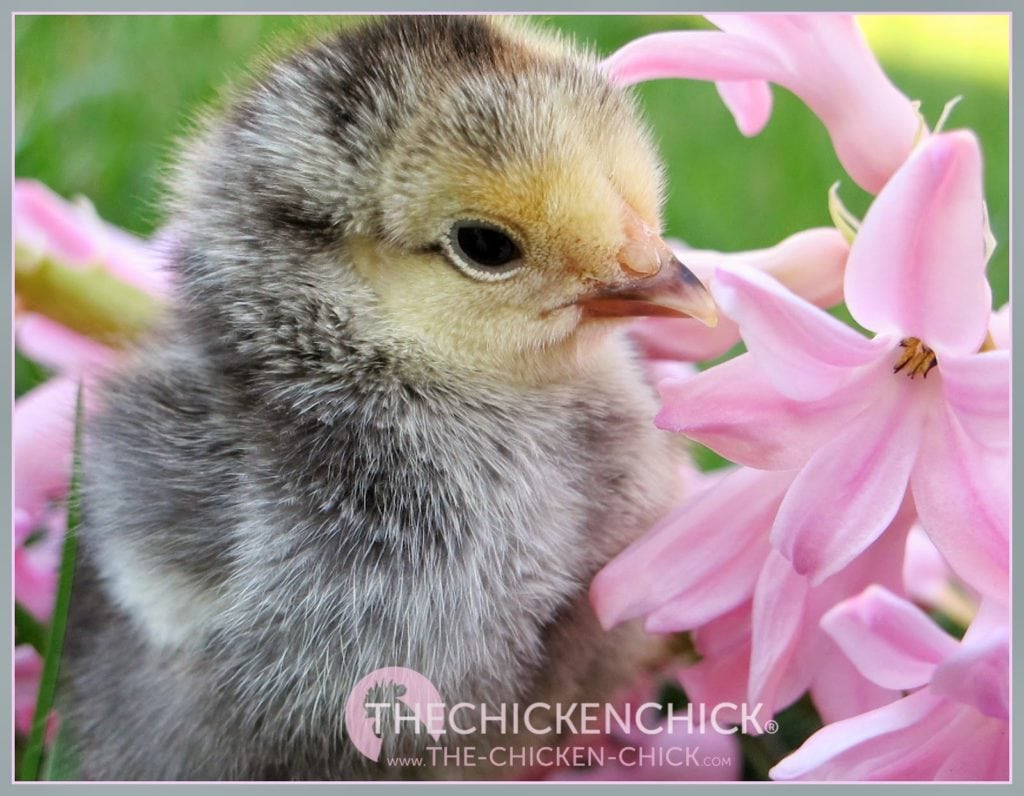
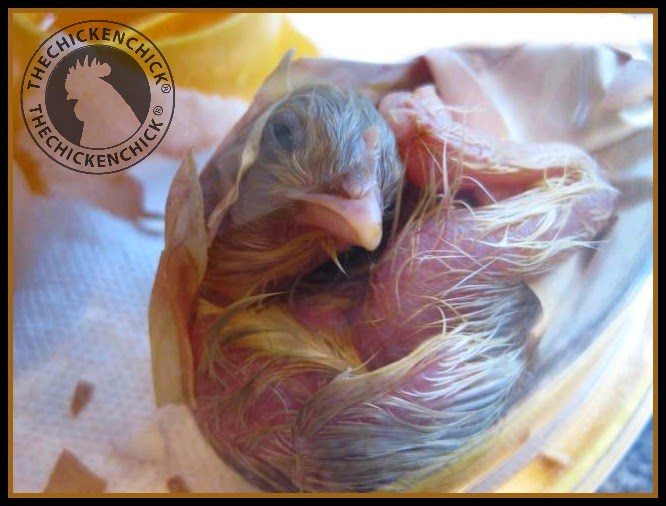
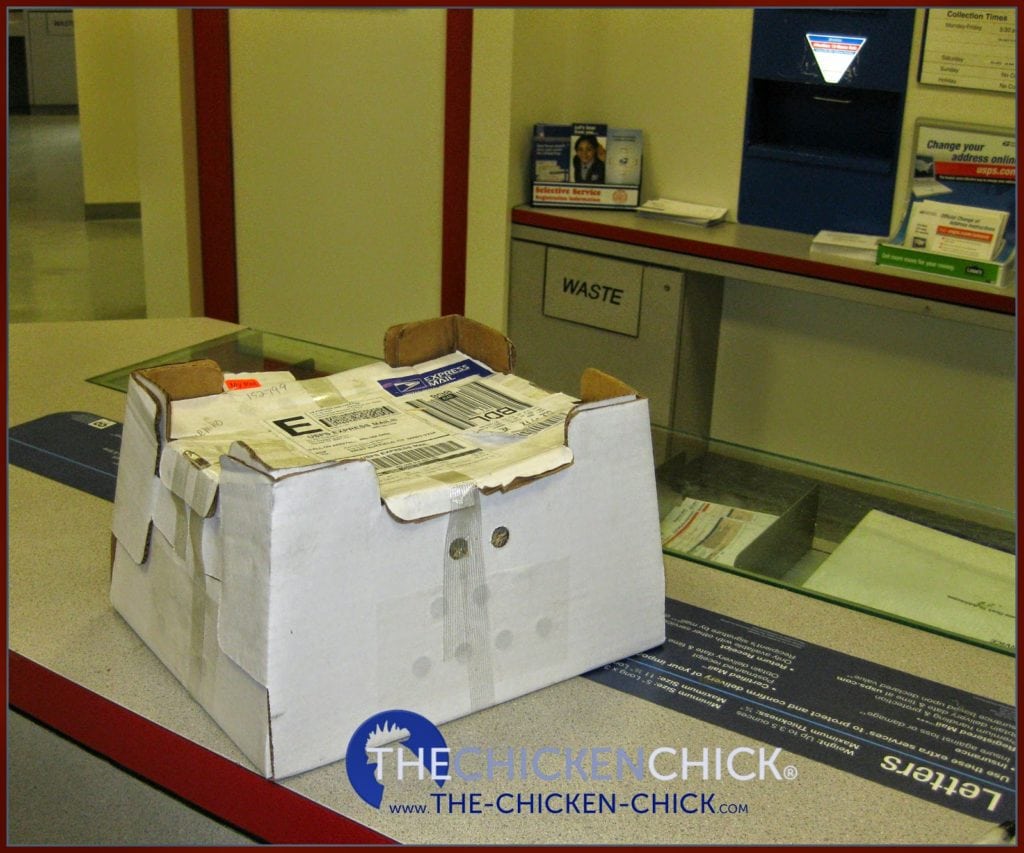
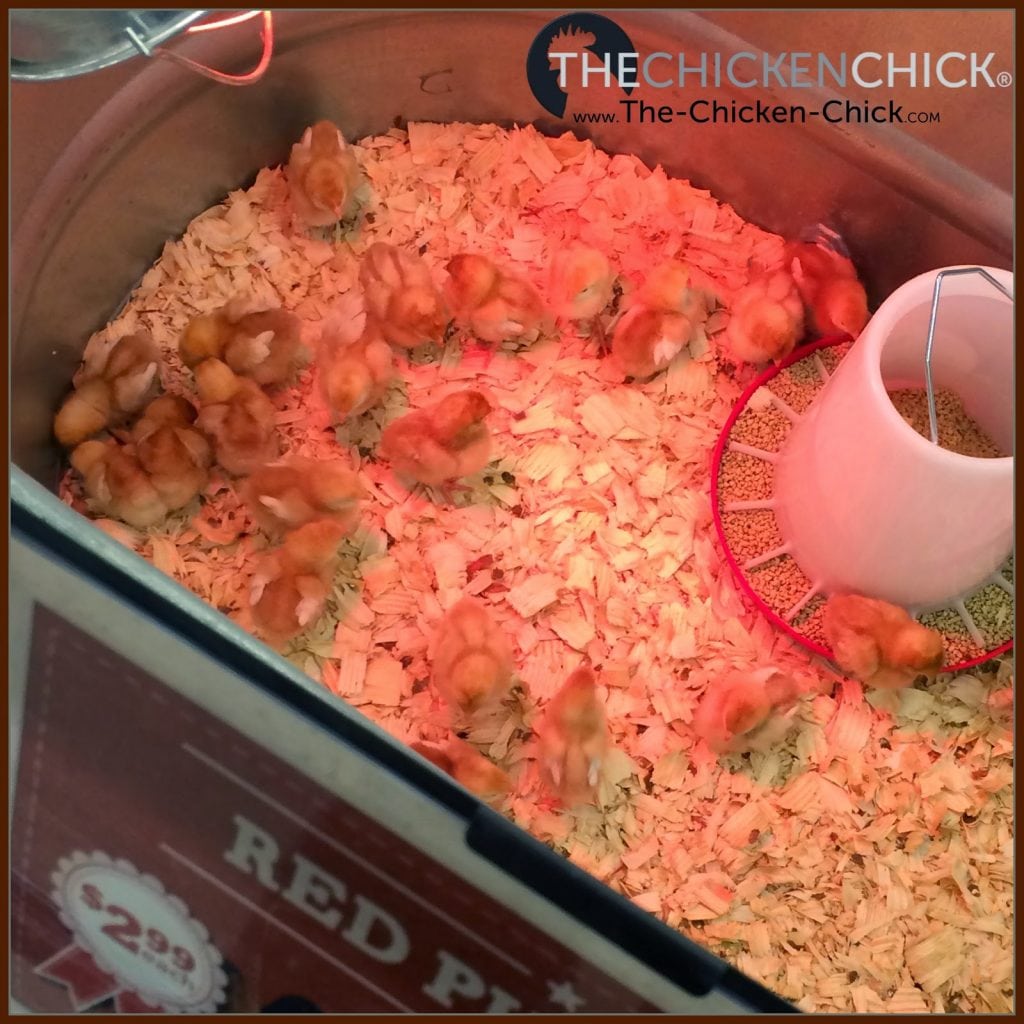
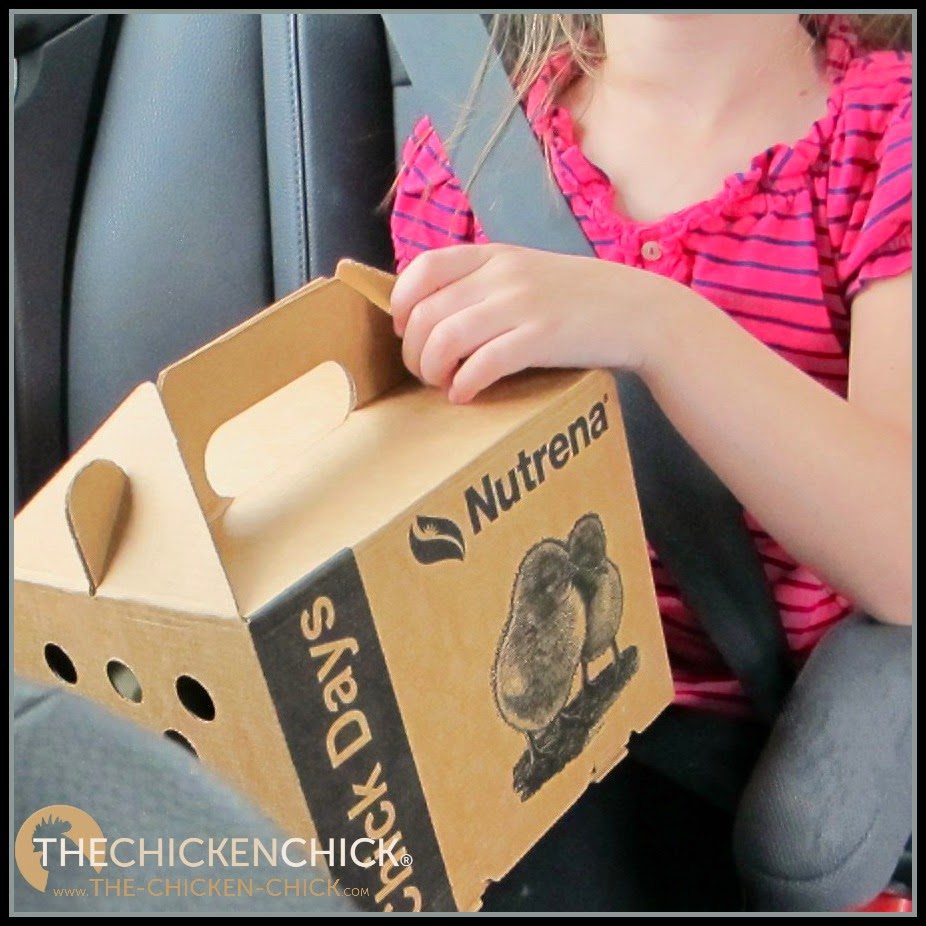
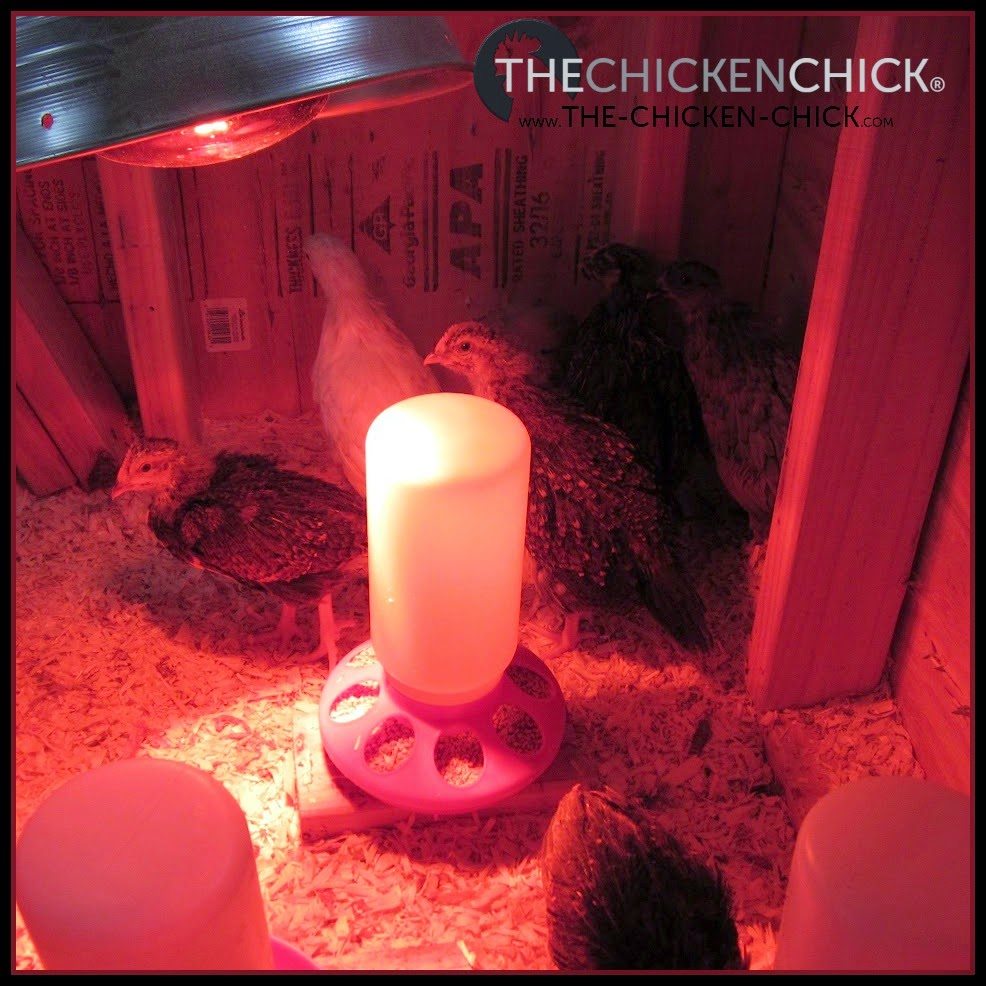
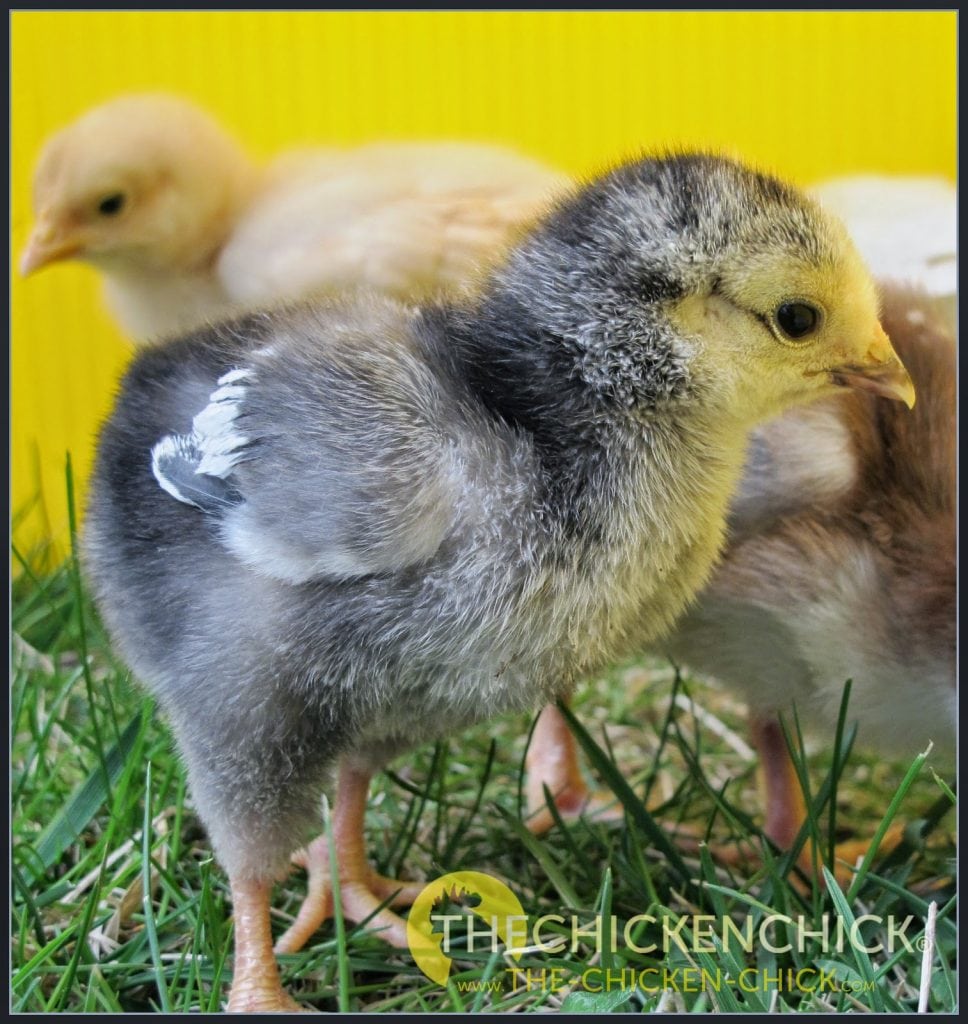
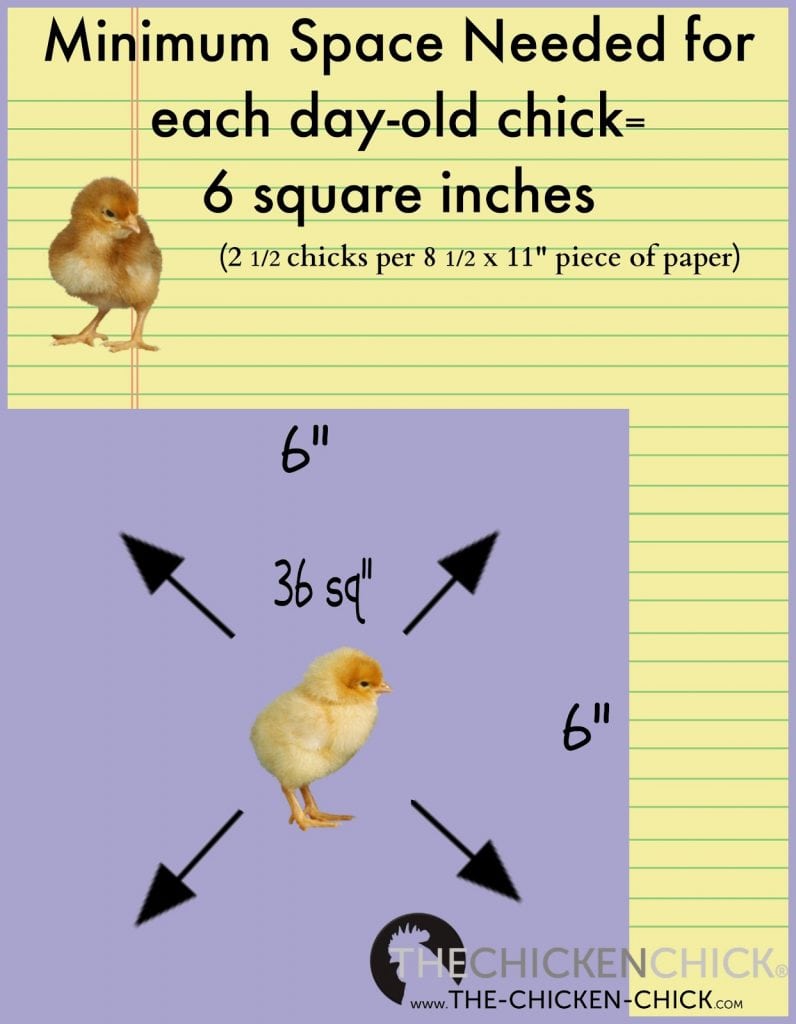
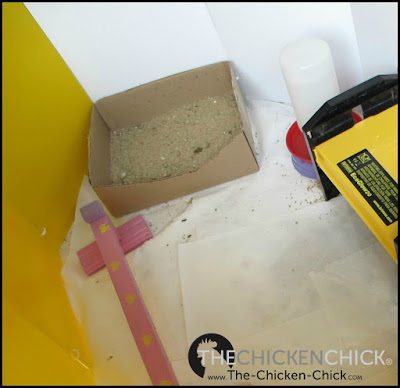
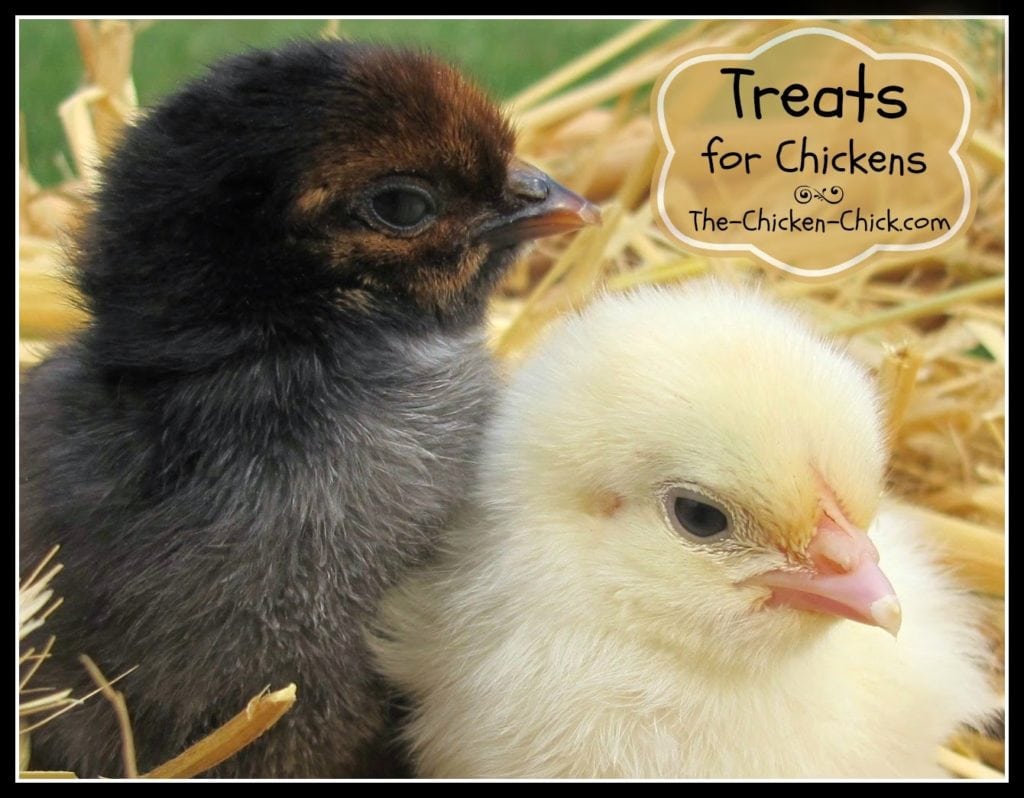
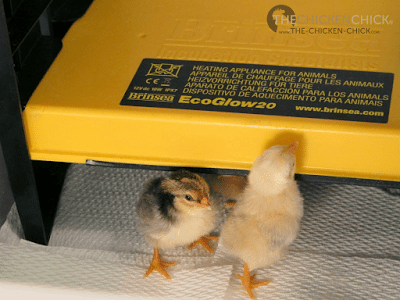
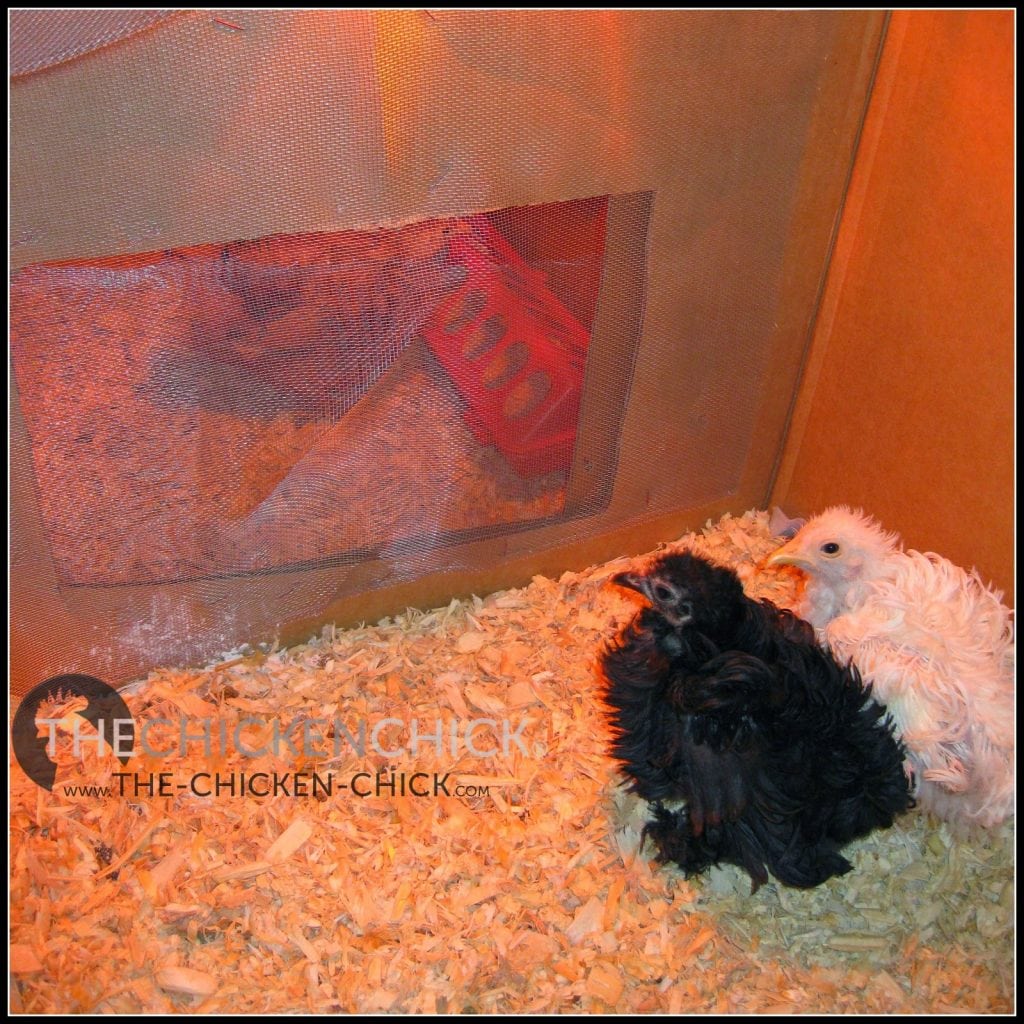
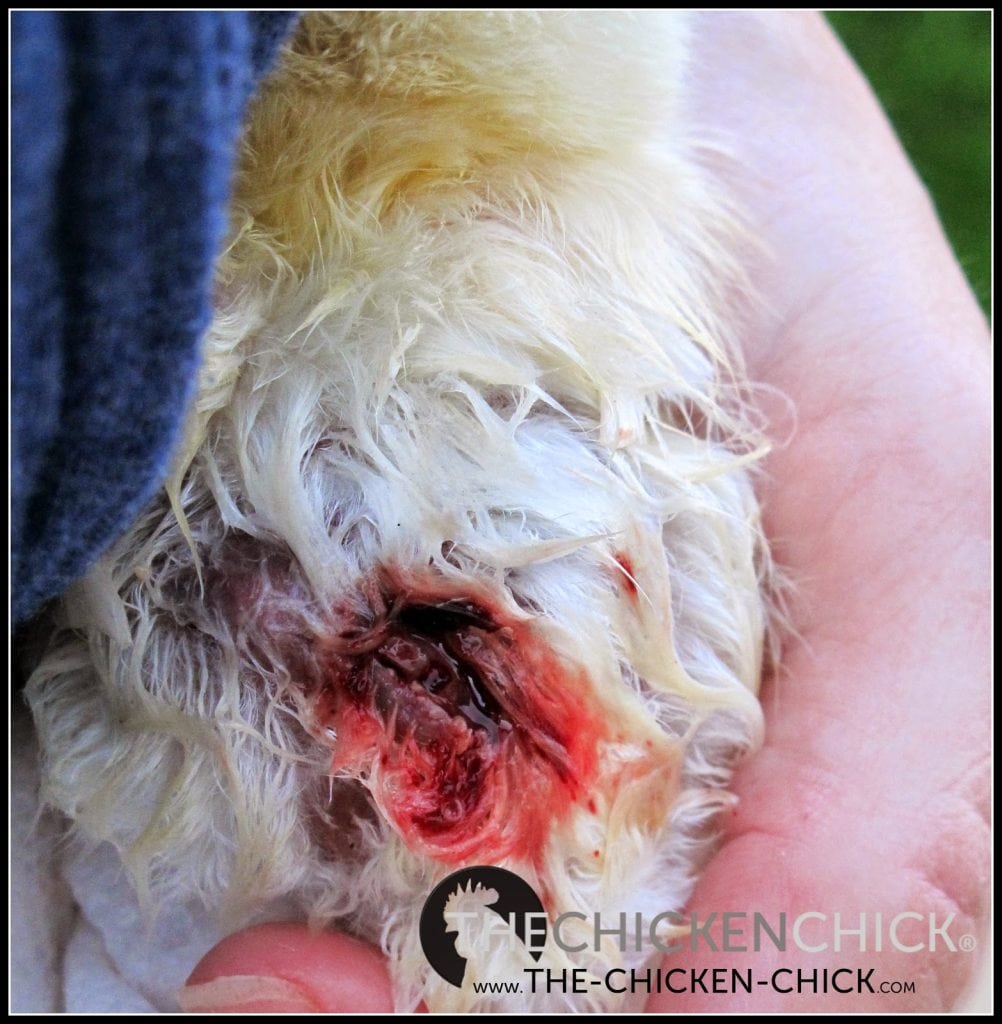
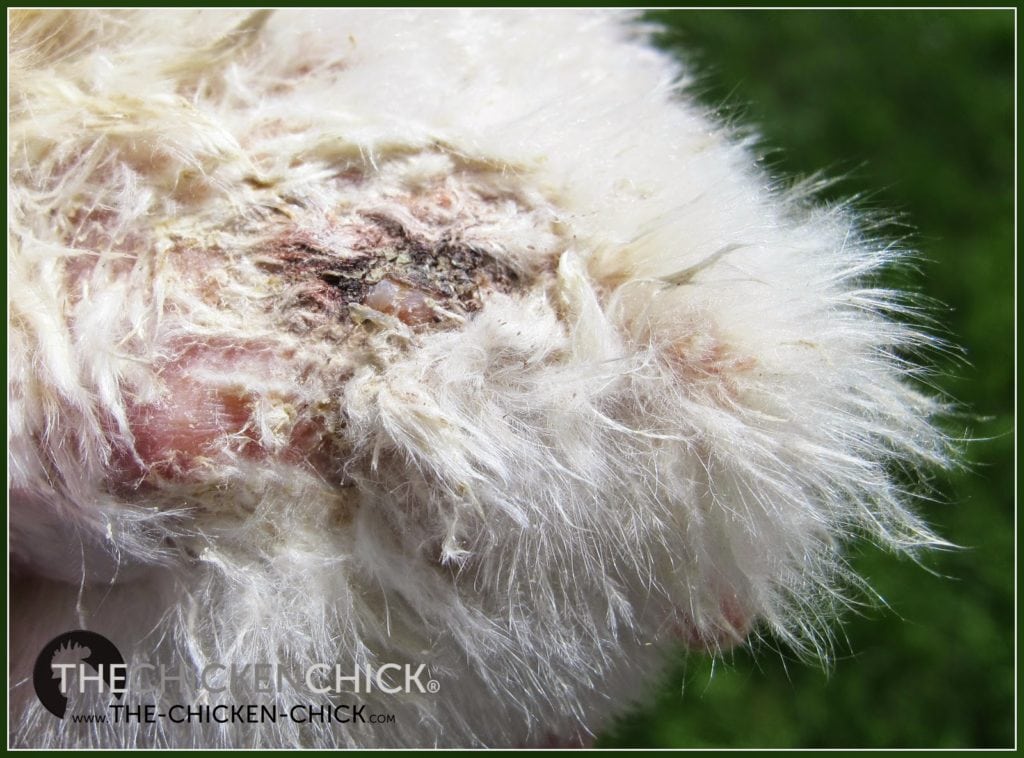
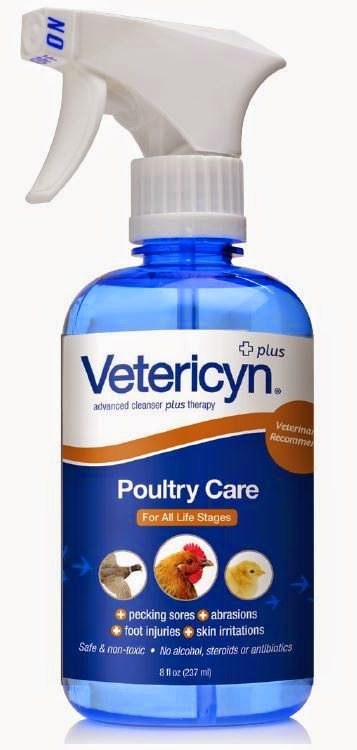
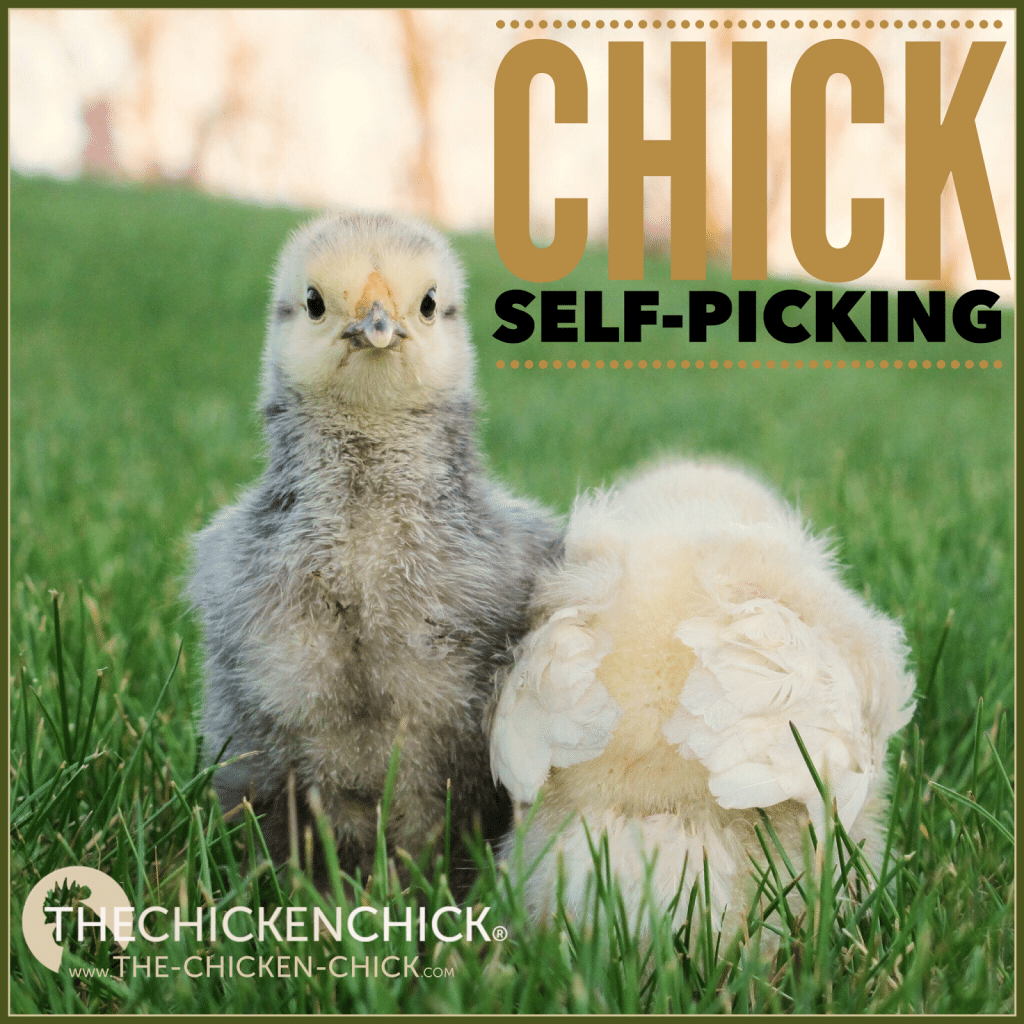
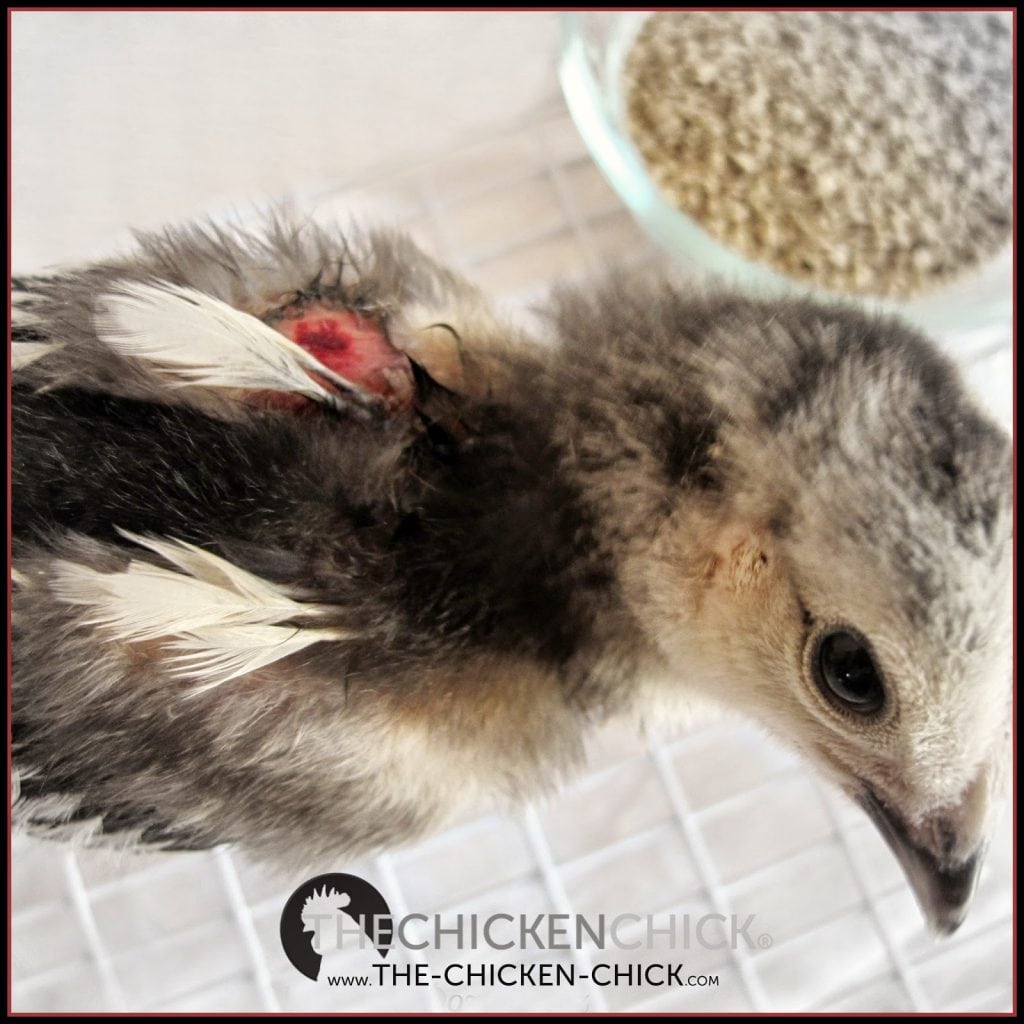
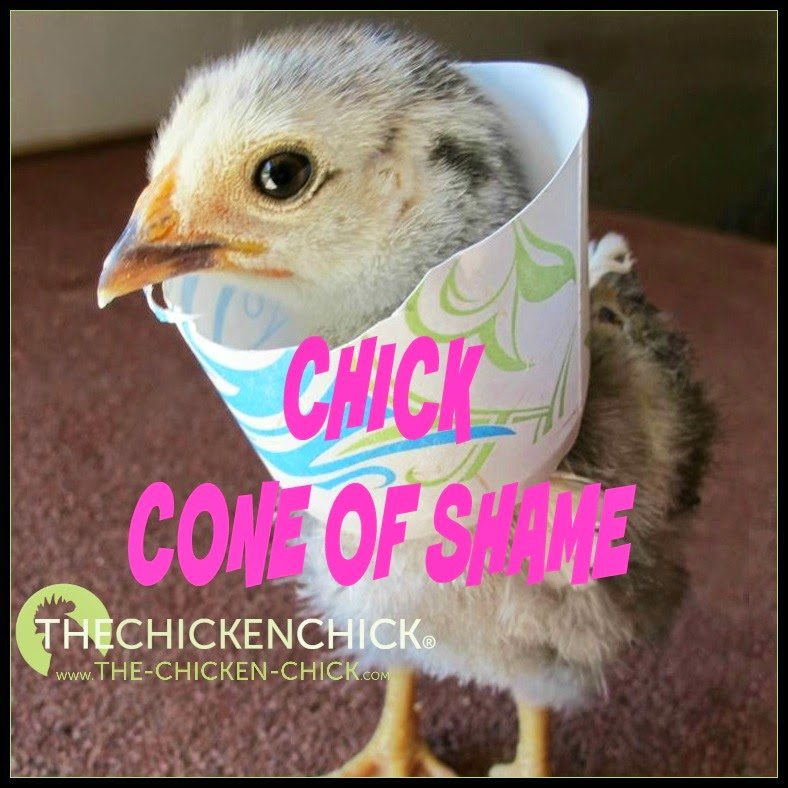
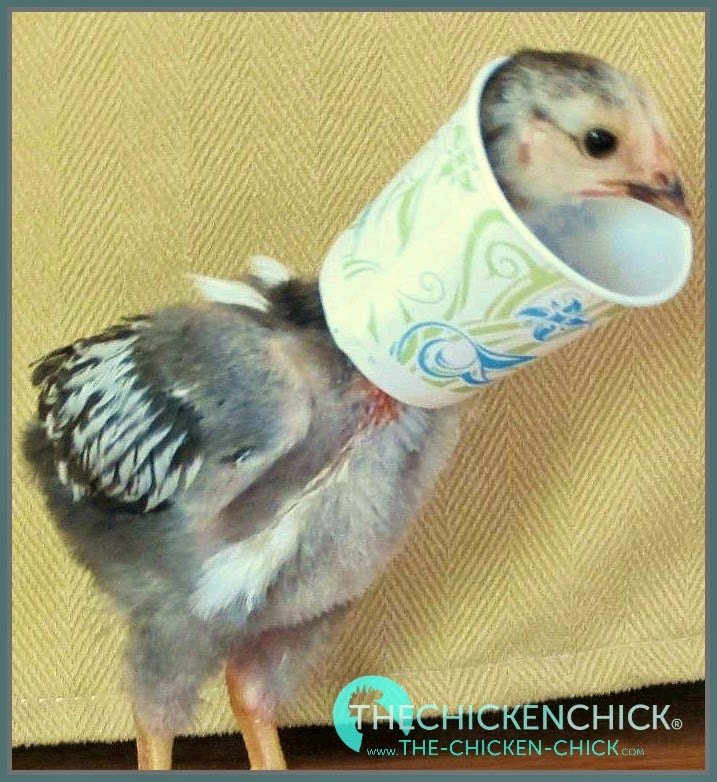
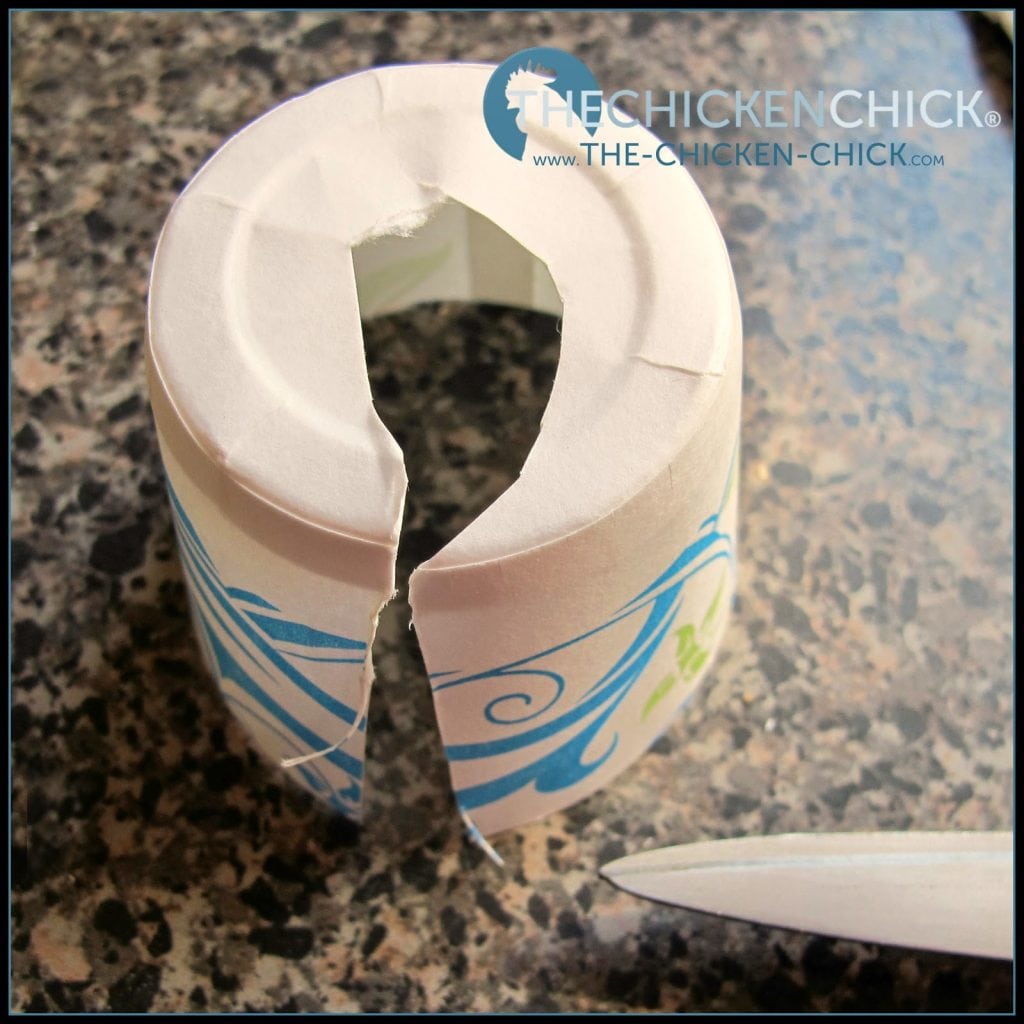
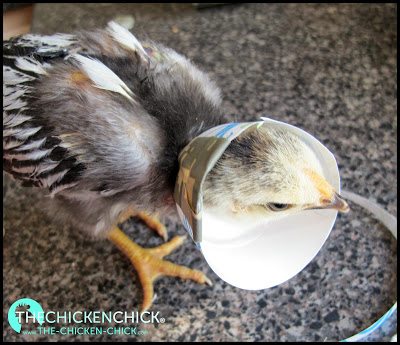
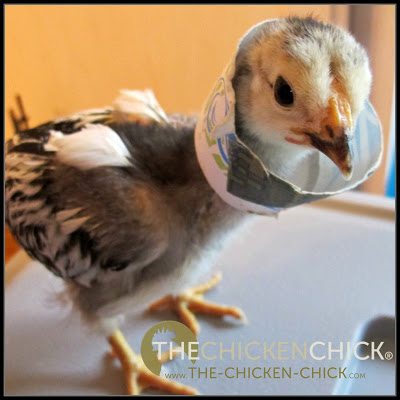
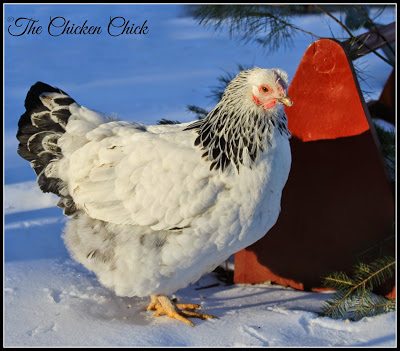






















Wish I had one of these…
Learning something new everyday, thanks to your page!!
LOVE the info I am learning here!!!
Chicks would love this
I would LOVE to get the EcoGlow and get rid of my heat lamp!